Hand dryer or paper towel? Which is better?

What is a paper towel and what is it used for?
 Current trends encourage the reduction of ongoing expenses not only for financial reasons but also out of concern for the environment. So what to choose - electric hand dryers or paper towels? Both are man-made and have an impact on the environment, more or less negatively. There are two solutions: choose the most ecological options available or... wipe your hands on your own pants.
Current trends encourage the reduction of ongoing expenses not only for financial reasons but also out of concern for the environment. So what to choose - electric hand dryers or paper towels? Both are man-made and have an impact on the environment, more or less negatively. There are two solutions: choose the most ecological options available or... wipe your hands on your own pants.
Table of Contents:
1. Carbon Dioxide Emissions and Energy Consumption
2. Waste
3. Hand Drying Hygiene
4. Summary

Carbon Dioxide Emissions and Energy Consumption
Opponents of using paper towels point to significantly higher carbon dioxide emissions compared to hand dryers at every stage of their existence – during production, delivery to warehouses, further to customers, and at the end stage, during disposal. Disposable towels are regularly consumed, so this is a recurring process.
- garbage bag = 0.3 g CO2
- transport = 5.3 g CO2
- waste disposal at landfills = 24.7 g CO2
Using renewable energy sources, such as wind or solar energy, minimizes the negative impact on the environment and is, of course, more eco-friendly than using non-renewable energy sources, such as coal, oil, and gas. Sensible management of water and forest resources, as well as responsible production policies, also play a significant role. Manufacturers are modernizing their products, increasing efficiency, reducing costs, and choosing eco-friendly solutions.
Waste

Using paper towels generates waste. Although paper towels are often made from recycled paper, their life usually ends upon use. They rarely undergo further recycling. As "contaminated" material, they end up in landfills or incinerators. They could be composted into high-quality fertilizer, but that would require additional steps. Moreover, using towels requires purchasing paper towel dispensers and waste bins, as well as more frequent cleaning, using garbage bags and cleaning agents stored in disposable plastic containers, generating more waste to process. On the other hand, towels decompose easily.
In contrast, the components of hand dryers are more problematic waste and can take hundreds of years to disappear from the earth's surface. In this context, eco-friendly waste management is important. It is also worth mentioning that hand dryers have a long lifespan – depending on the model, a hand dryer can last up to 10 years. A dryer that is no longer usable should be properly disposed of. European countries are trying to control waste. WEEE 2002/96/EC (Waste of Electrical and Electronic Equipment) is a European Union directive adopted in 2003 aimed at minimizing the negative environmental impacts of electronic waste.
Hand Drying Hygiene
Even in a well-maintained toilet, bacteria clusters accumulate. So which solution ensures maximum hygiene? Paper towels dispensed from paper towel dispensers are considered the best solution in terms of hygiene. Towels in the dispenser have limited contact with the external environment – there are touchless paper towel dispensers that dispense towels in a way that the user only touches their towel.
The issue of dryers is a bit more complicated. As mentioned, warm and humid conditions in toilets can accumulate more bacteria, especially when the toilet is not divided into two rooms: with toilet cubicles and sinks. Dryers dry hands with air drawn from the room in which they are used. Until recently, it was believed that they could transfer bacteria from the outside onto freshly washed hands. However, many diverse microorganisms also inhabit the human body. Additionally, air-heating dryers destroy microorganisms at high temperatures, and the latest dryers are equipped with filters that purify the air used to dry hands and body. Therefore, the right hand dryer can be as hygienic as paper towels.
Summary
One cannot escape technological progress, but one can be a conscious consumer and make informed choices. Analyzing CO2 emissions, energy consumption, waste generation, and other factors, the conclusion seems clear. Hand dryers usually win over paper towels, especially in high-traffic restrooms, but this victory is not 100%. Cheaper dryers made with older technologies, emitting warm air, drying longer are not as efficient and eco-friendly as new generation dryers. Therefore, it is worth investing more in a better, more economical dryer. It is also important to consider that there are places where using electric hand dryers is not possible. Paper towels are indispensable in dental, medical, and cosmetic offices, in gastronomy, and other places. Paper wipers are also essential in some production and service facilities.
In conclusion, when faced with the choice of an electric hand dryer or paper towels, one should consider not only which solution is the most environmentally friendly but also the specifics of their activity and thus their individual needs.
All rights reserved. No part of this publication (text, graphics, images, photos, files, and other data) presented on the OLE.PL online store may be reproduced or distributed in any form or by any means without prior permission. All trademarks, graphic signs, proprietary names, and other data are protected by copyright and belong to their owners.
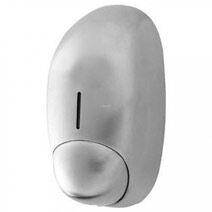
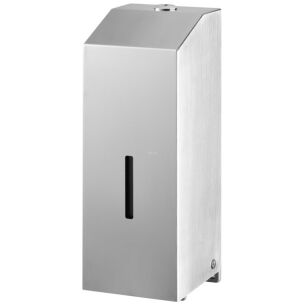
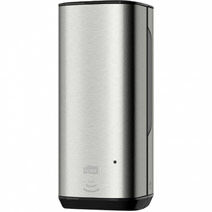
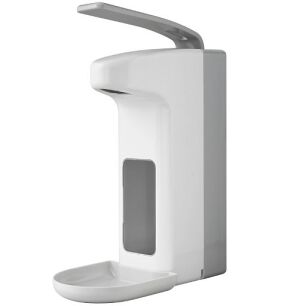
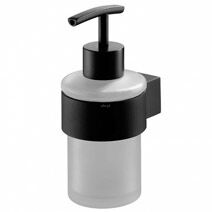
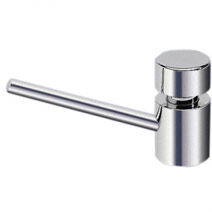
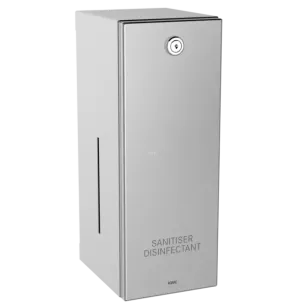
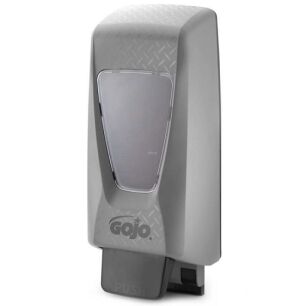

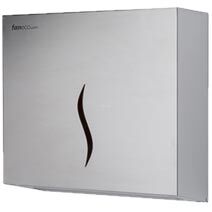
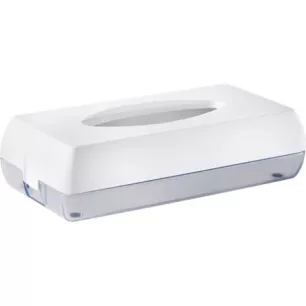
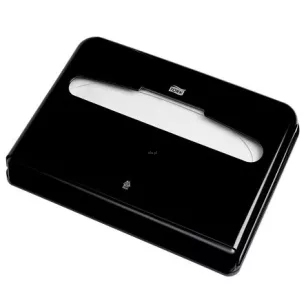
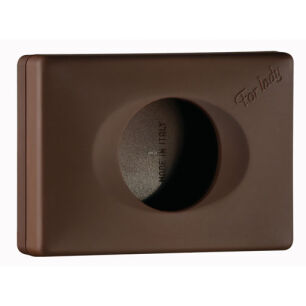
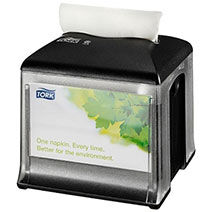
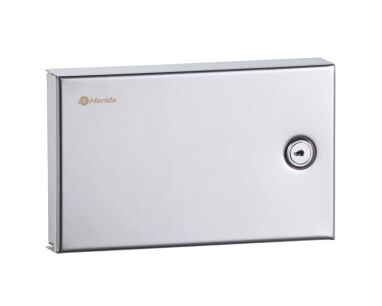
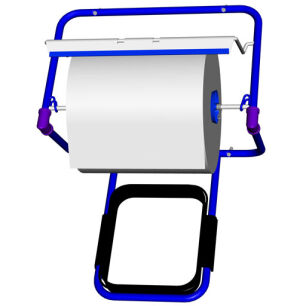
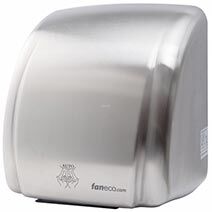
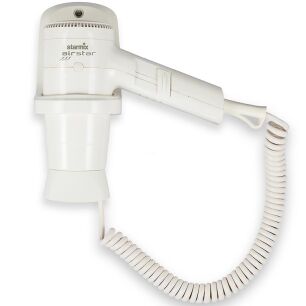
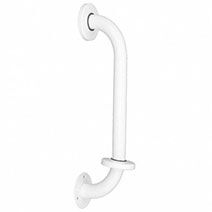
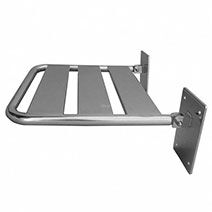
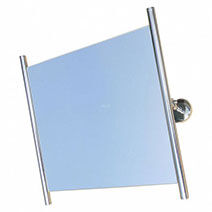

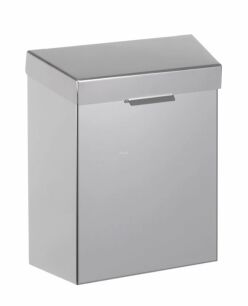
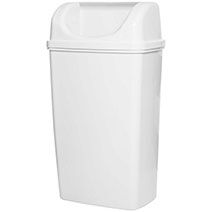
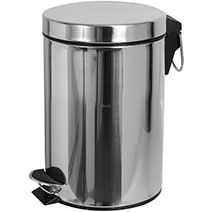
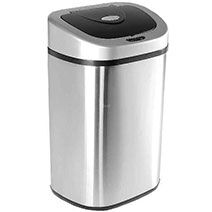
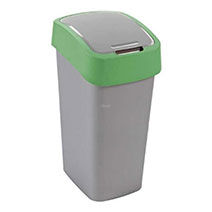
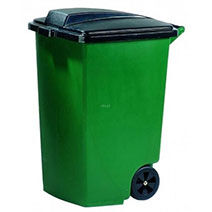
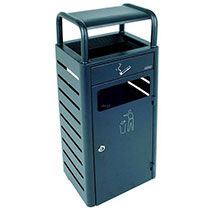
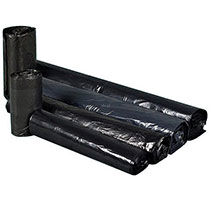
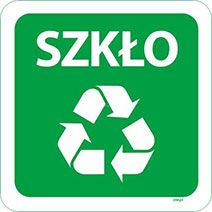
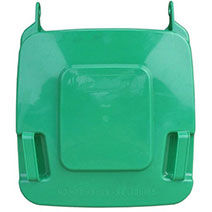
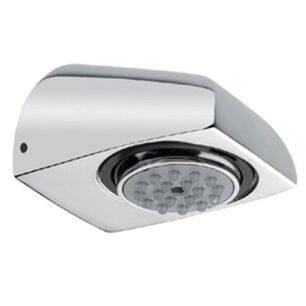
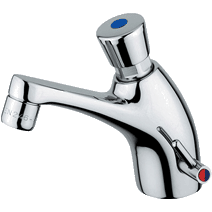
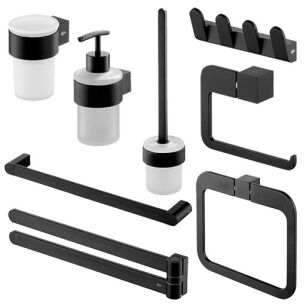

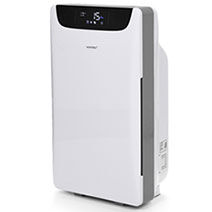


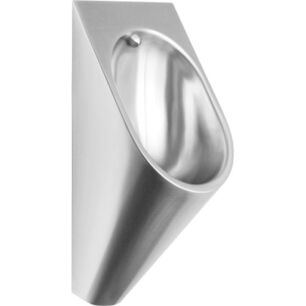
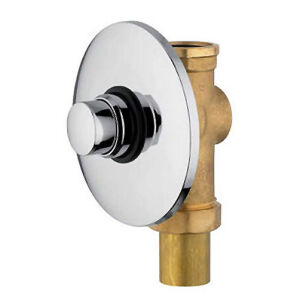
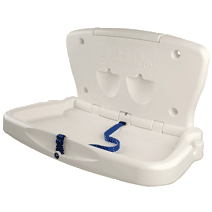
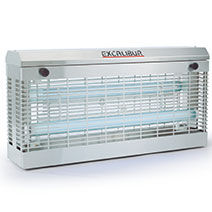
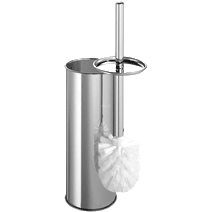
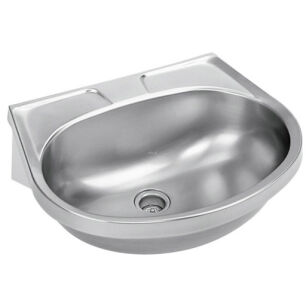
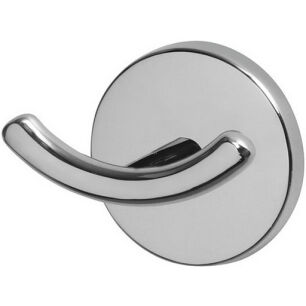
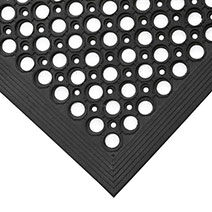
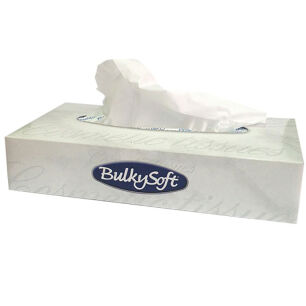
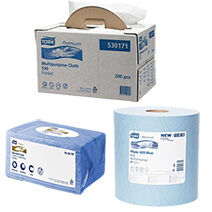
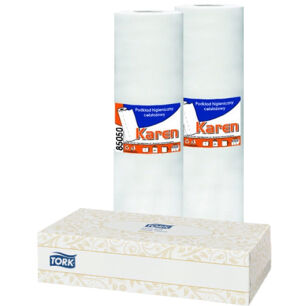
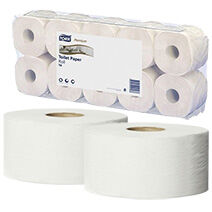
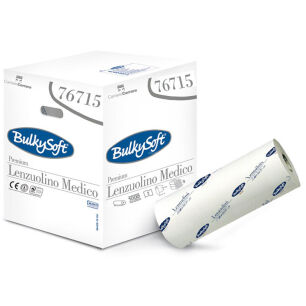
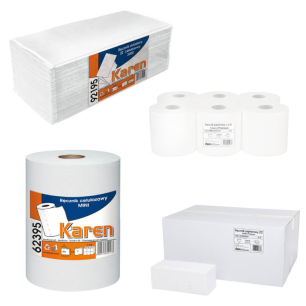

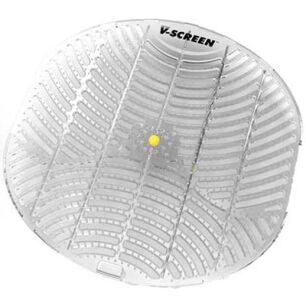
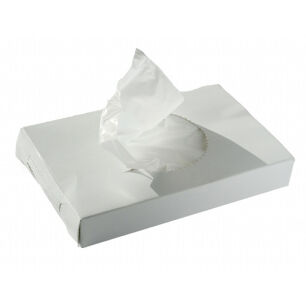
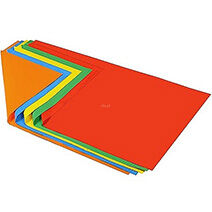
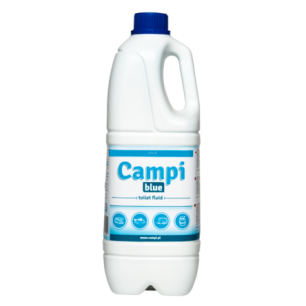
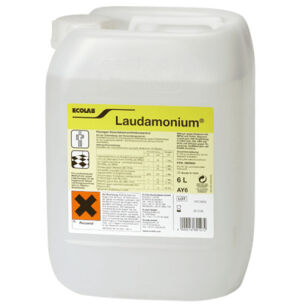
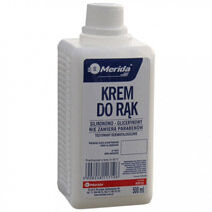
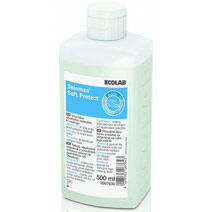

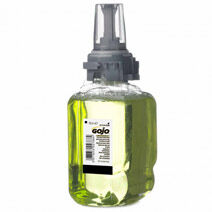


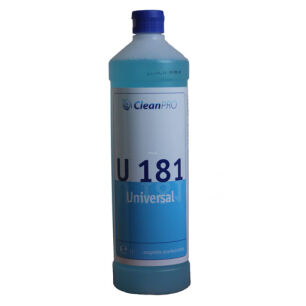
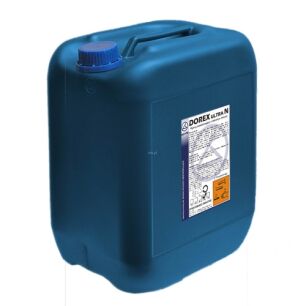
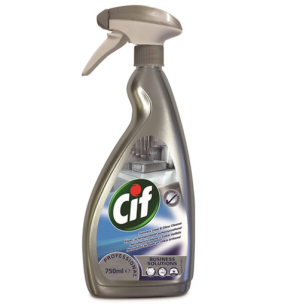
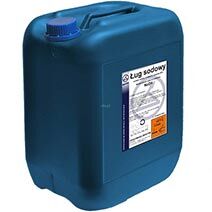
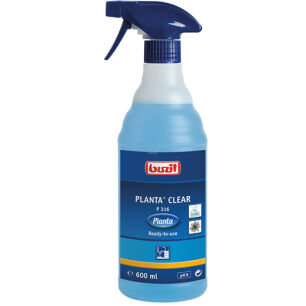
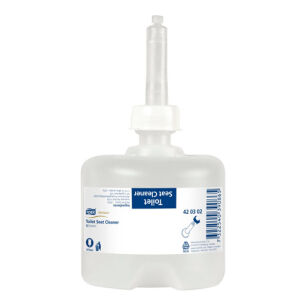
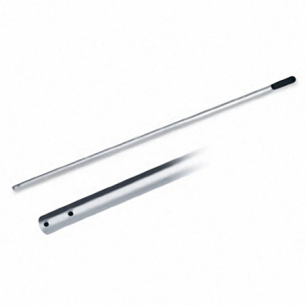

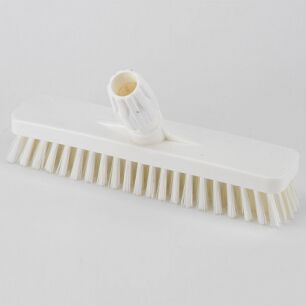
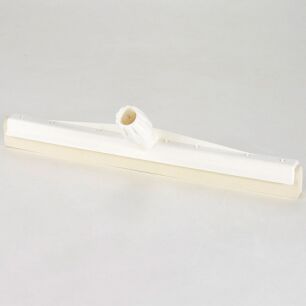
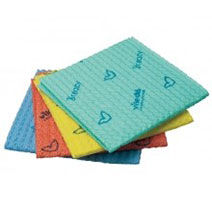
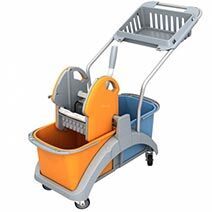
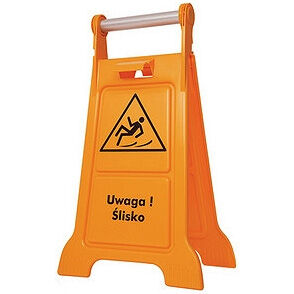
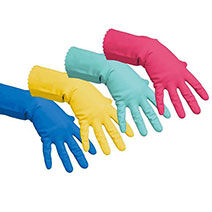
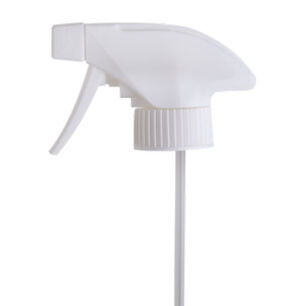
 Polski
Polski
 Czech
Czech
 German
German
 Spanish
Spanish
 Slovak
Slovak